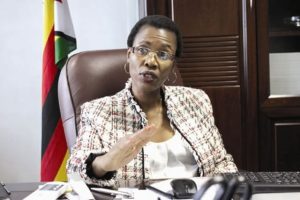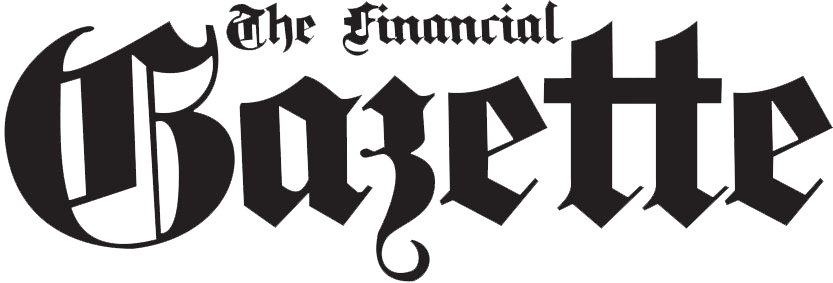ENERGY ministry permanent secretary, Gloria Magombo, says Zimbabwe’s electricity access rate has risen to 62 percent, from 53 percent in 2020.
This comes as the country has been on a drive for rural electrification.
Speaking at this year’s World Consumer Rights Day celebrations held in the capital, Energy and Power Development ministry’s permanent secretary, Gloria Magombo, said the government is now pushing for the country to have access to modern energy.

Energy ministry permanent secretary Gloria Magombo
“So, you would see that for rural communities and in a country like ours… access to modern energy, particularly electricity, is around 62 percent.
“We still have 38 percent of the population who do not have access to modern energy, and that is a critical challenge for us as a government,” she said.
“We are working quite hard to ensure that we achieve the vision that we have for this country. So, the 38 percent we are talking about, we are transitioning from basic traditional fuels to modern energy.”
She said there is a need to ensure the viability and affordability of energy services.
“Others are transitioning from using things like paraffin lamps to at least modern lamps that are solar or battery enabled, so there are a lot of different stories to transition, but what is critical for all of us is that they should be affordable and clean,” Magombo said.
In July 2019, the African Development Bank highlighted that the country needs US$34 billion over the next decade to restore its road, rail, aviation, energy, information communication and technology and water and sanitation infrastructure to proper working conditions.
This means that the country requires US$3,4 billion annually until 2030.
One of the country’s biggest trading partners, South Africa, saw its electricity access rate at 84 percent in 2020. The electricity access rates for Zambia and Botswana stood at 45 percent and 72 percent, respectively.
Lately, Zimbabwe has been facing acute power shortages due to the loss of generation at the nation’s prime power plants, Kariba and Hwange.
The government is currently engaging investors to come aboard as independent power producers (IPPs), with authorities, having also shown their willingness to adjust and make the environment favourable for the IPPs, which will help to cover the current power gap.
In the meantime, water levels at the key Kariba Dam also continue to rise, which should soon lead to increased power generation at the country’s main electricity generating plant.
newsdesk@fingaz.co.zw

